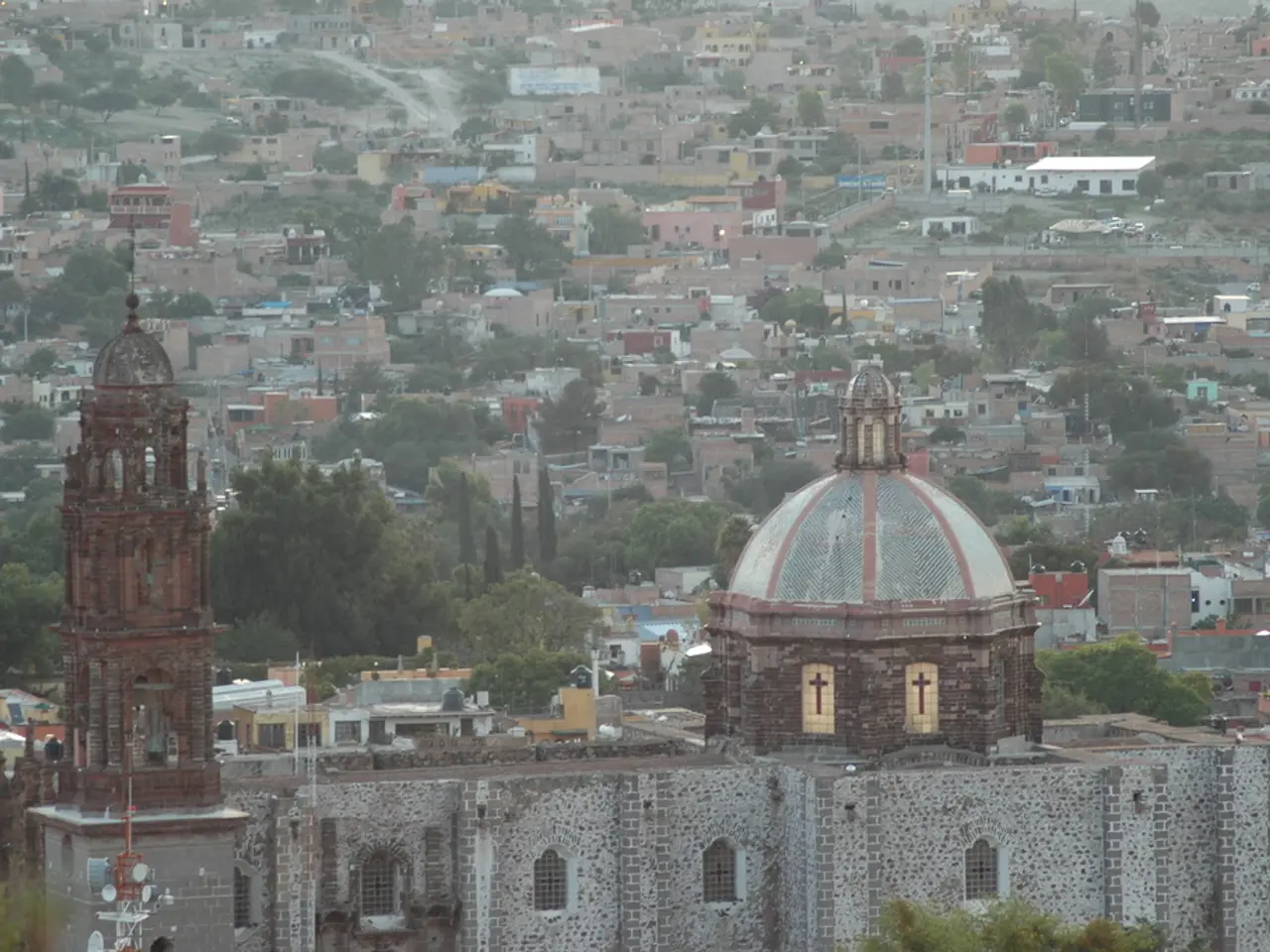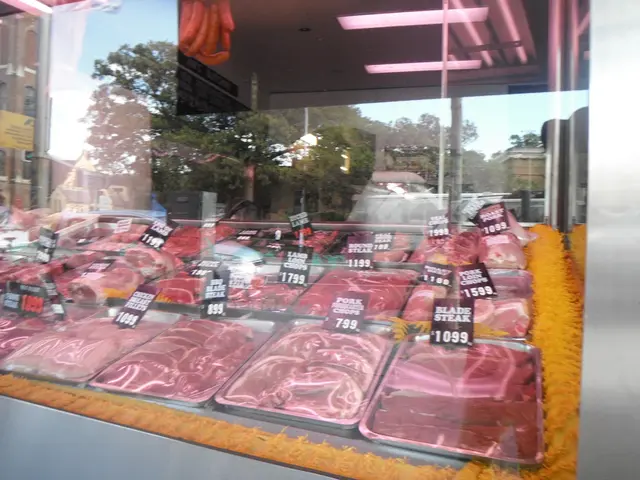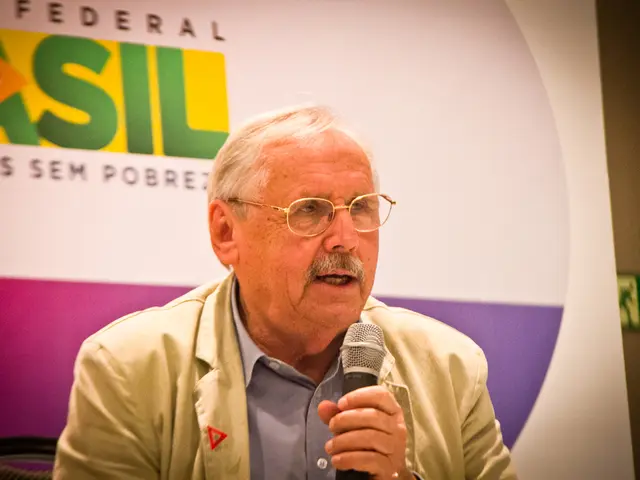Pope Francis Reshapes Catholic Church's Care for Forced Migrants
Pope Francis has significantly reshaped the Catholic Church's care for forced migrants since his election in 2013. His leadership has blended tradition with bold reform, making the Holy See an influential actor in international diplomacy regarding migration.
In 2016, Francis established the Migrants and Refugees Section within the Dicastery for Promoting Integral Human Development. This move placed migrants at the heart of the Church's discourse and pastoral care, dismantling outdated structures. Francis invited Catholic organisations to share their expertise in this section, fostering a more collaborative approach.
Francis's approach included symbolic gestures and humanitarian messaging to influence public debate on forced migration. He appointed cardinals who share his commitment to social issues, potentially shaping the Church's future direction. Notably, he appointed Robert Prevost as prefect of the Dicastery for Bishops in 2023, who later became Pope Leo XIV. Over two-thirds of the current cardinals were appointed by Francis, reflecting his influence on the Church's leadership.
The Church's engagement with migration balances centralised and decentralised pastoral care. After the Second Vatican Council, the Holy See granted local churches more autonomy regarding migration. However, the Holy See remains an important actor, as seen in its role in creating the UN Refugee Agency, UNHCR, and contributing to the 1951 Refugee Convention.
Pope Francis's legacy offers a promising blueprint for a more people-centred future in the Church's care for forced migrants. His blend of tradition and reform, along with his influence on the Church's leadership, has positioned the Holy See as an important actor in international diplomacy regarding migration.






